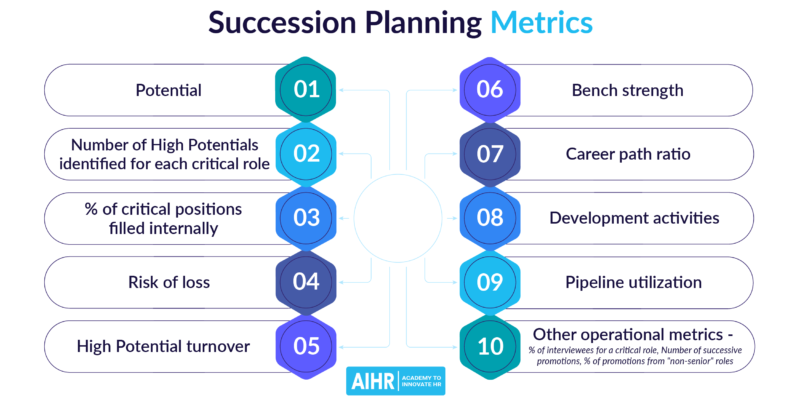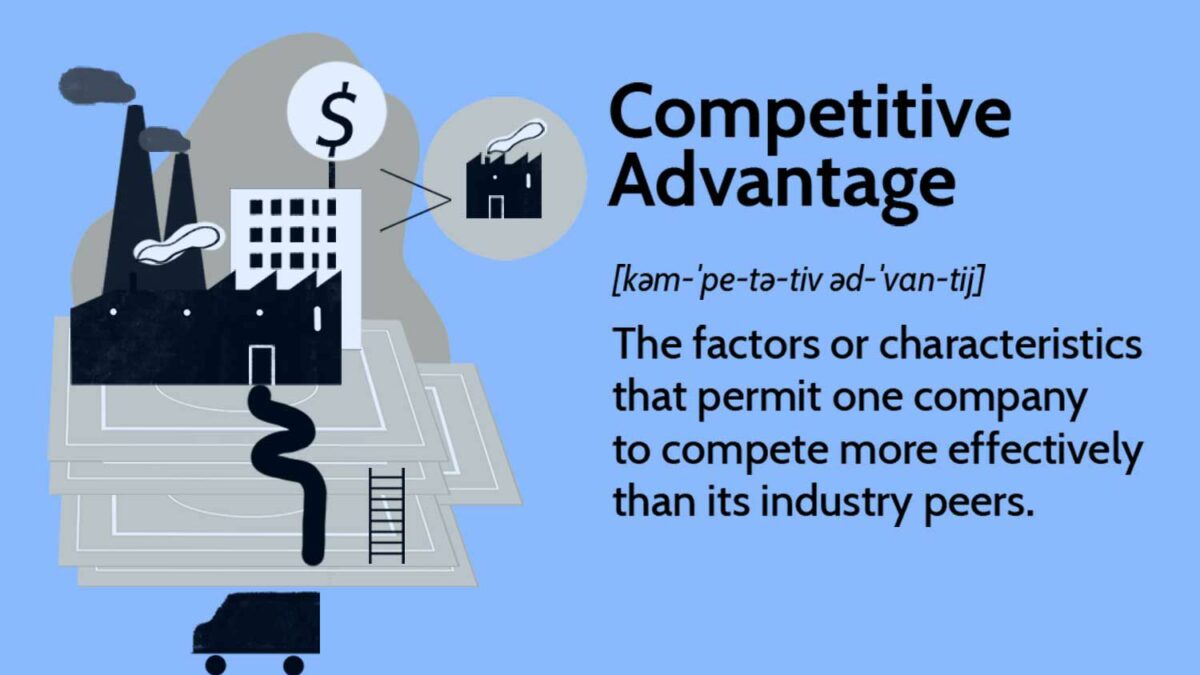
Succession planning is the process of identifying and developing employees to fill key positions within an organization. It is a critical component of any organization’s talent management strategy, as it helps to ensure that there is a smooth transition of leadership in the event of a sudden or planned departure.
There are many benefits to succession planning, including:
- Increased organizational resilience: A well-developed succession plan can help an organization to weather unexpected changes, such as the loss of a key employee or a major market disruption.
- Improved employee morale: Employees are more likely to be engaged and productive when they know that there is a clear path for advancement within the organization.
- Reduced costs: Succession planning can help to reduce the costs associated with hiring and training new employees.
- Increased competitive advantage: Organizations that have a strong succession planning process are better positioned to compete in the global marketplace.
There are a number of different approaches to succession planning, and the best approach for an organization will vary depending on its size, industry, and culture. However, there are some basic steps that all organizations should follow when developing a succession plan, including:
- Identify key positions: The first step is to identify the key positions within the organization that need to be filled. These are the positions that are critical to the organization’s success, and they should be filled by employees who have the skills, experience, and knowledge necessary to do the job.
- Assess current talent: Once the key positions have been identified, the next step is to assess the organization’s current talent pool. This assessment should identify employees who have the potential to fill the key positions, as well as any gaps in the organization’s talent pool.
- Develop development plans: Once the organization’s talent pool has been assessed, the next step is to develop development plans for employees who have the potential to fill key positions. These development plans should identify the skills, experience, and knowledge that employees need to develop in order to be successful in the key positions.
- Implement the plan: Once the development plans have been developed, the next step is to implement them. This may involve providing employees with training, coaching, and other development opportunities.
- Review and update the plan: The succession planning process should be an ongoing process. The plan should be reviewed and updated on a regular basis to ensure that it is still relevant and effective.
Succession planning is an important process that can help organizations to ensure their long-term success. By following the steps outlined above, organizations can develop a succession plan that will help them to identify, develop, and retain the talent they need to succeed.
Here are some additional tips for effective succession planning:
- Get senior leadership buy-in: Succession planning is a top-down process, so it is important to get senior leadership buy-in from the start.
- Involve employees: Employees should be involved in the succession planning process, as they are the ones who will ultimately be responsible for filling the key positions.
- Be flexible: The succession planning process should be flexible enough to accommodate changes in the organization’s environment.
- Communicate: It is important to communicate the succession planning process to employees so that they understand their role in it.
- Review and update: The succession planning process should be reviewed and updated on a regular basis to ensure that it is still relevant and effective.
By following these tips, organizations can develop a succession plan that will help them to ensure their long-term success.



